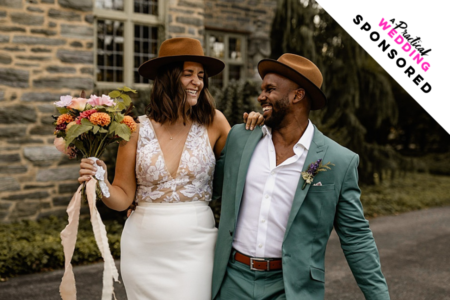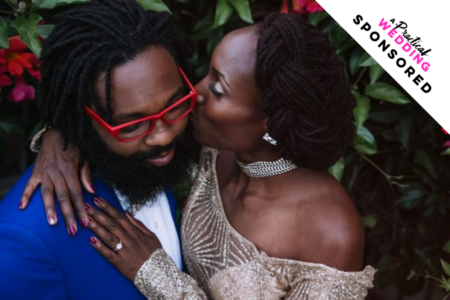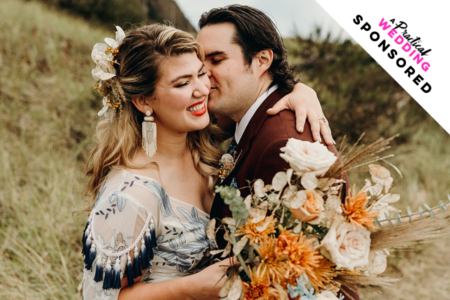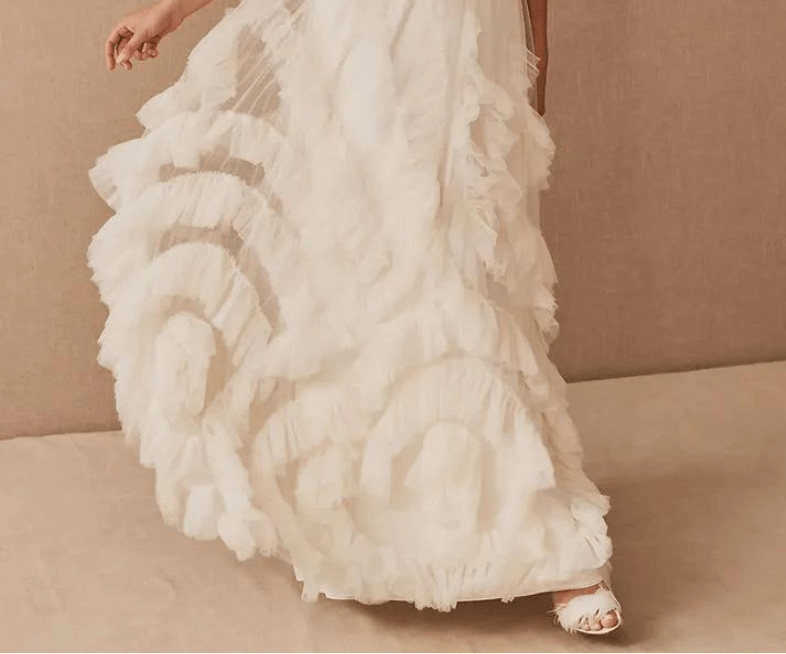THIS POST WAS SPONSORED BY PANTENE’S NEW EXPERT hair REGROWTH treatment, and contains statistics from their recent survey on women and hair loss.
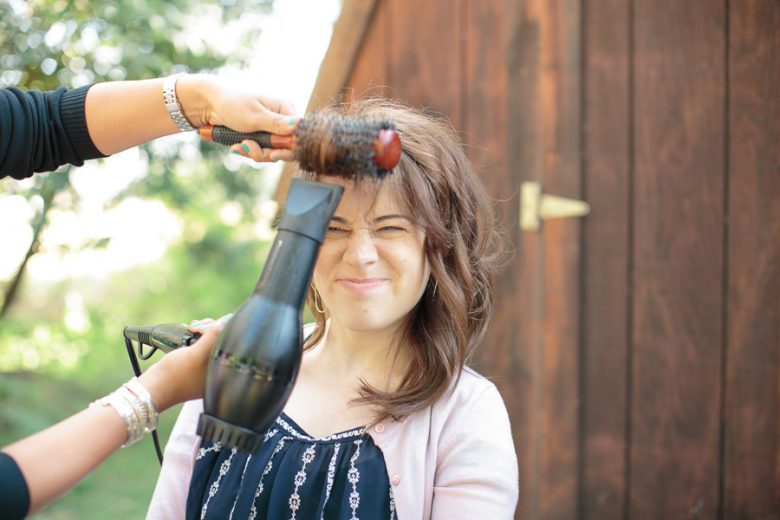
effed if you do, effed if you don’t
When talking to people about issues of body and beauty, I hear a lot of the following: “Off the record, but…” “I obviously don’t want to talk about this in public, but…” “I don’t know that I’m doing the feminist thing here, but…”
These whispers reflect the ongoing beauty double standard that exists in our culture. On the one hand, we’re never supposed to buy into any beauty standard that asks us change something about ourselves, while on the other, we’re expected to flawlessly fit into an impossible beauty ideal (just, you know, without trying). Except, of course, these are conflicting ideas that don’t have much basis in reality (even if you have a contract with Sports Illustrated or Victoria’s Secret). Which means most of us spend a fair amount of time feeling guilty and ashamed about our beauty routines. As feminists, we feel guilty about the things we are doing that we shouldn’t have to do and shouldn’t care about. And as female citizens of our culture, we feel guilty about the things we’re not doing, because they reveal our imperfections.
“Don’t tell anyone, but I’m going grey…”
“Off the record, I totally straighten my hair…”
“I don’t want to talk about it publicly or anything, but obviously I get waxed every week…”
“I’m super embarrassed about it, but I’m losing a ton of my hair…”
“It might not be the feminist thing, but I have a weave, and I love it.”
These beauty taboos come in many shapes and sizes. They relate to our size, to our skin, to our makeup, to our hair. They relate to our cultural backgrounds, our personal history, our emotional baggage. These things are loaded, complicated, nuanced, and charged.
Pandora’s Box Of Hair
Ninety-one percent of women consider their hair to be part of their identity. Most women I know have an emotional (and complex) relationship with their hair. There are the ones who’ve shaved it off, or keep it short, to make a statement about perceived notions of femininity. There are the friends who are going natural, because how their hair looks makes an important statement about their values. The friends who are going grey and dyeing it, or not. The ones who are sick, and losing their hair in one form or another, and hiding it. There are the friends who are straightening their hair, because it makes them feel good and they want to claim that.
And the end of last year, I said that my goal for 2014 was to celebrate letting go of what the world thought. You would think that embracing not caring about what other people think would result in… not caring. But I’ve found that in so many ways, the truth is just the opposite. Part of my journey this year has been embracing the fact that my hair is something I care about. It’s something I spend time and money on, in ways that are emotionally important to me.
Not Helen Mirren Yet
I started going white at twenty-three years old. Who knows why. Genetics probably played into it, as did extreme stress and illness. But at nearly thirty-four, I’m about one-third white. It’s something I don’t talk about much, because everyone has an opinion about it. People tell me, very self-righteously, that they are going to age with grace. (Which is lovely, but I’m thirty-three years old.) People send me links to photographs of regally white or grey haired women. (Which are beautiful, but it can take twenty to thirty years to achieve all-white status. My hair is just salt and pepper.) And while everyone is well meaning in their opinions, and ultimately grappling with their own future aging and mortality, the truth for me is simpler—I’m a young-looking thirty-three with my hair colored, and I look prematurely old with my hair not colored. Mostly? I just look tired when I don’t dye it. One day, I hope to do a badass Helen Mirren platinum thing (or hell, pink thing) with my pure white hair, but for now I dye my hair to approximate my natural color. That choice, as much of an internal struggle as it was for me, has turned into a surprising blessing. Doing my hair has forced me to invest time and money in something that’s just for me. For a few hours every six weeks, I get away from my husband, my toddler, my staff, and my responsibilities. I pick some new style I like, chat with my stylist, read gossip magazines, and invest time in myself.
Three months after my baby was born, for the second time in my life, I started losing massive amounts of hair (I’m one of the lucky thirty-one percent of women who start losing hair before age thirty-five. Whee.) Handfuls of hair would come out in the shower. Simply running my hands through my hair would result in a massive clump coming free in my hands. The floor of the house was so coated in hair, and I had to sweep at least once a day. I’d heard that your hair often thinned after having a baby, but I’d failed to get the memo that three months postpartum, I’d be dealing with a hair apocalypse. Why? Because no one talks much about losing hair. Because sixty percent of women feel that it will never be socially acceptable for women to lose their hair. So instead of talking about it in public, we whisper about it behind our hands, “I’d never go on record about this… but.”
For me, there is one more step in this particular saga. After losing what I’d estimate was about twenty-five percent of my hair (which luckily or unluckily is thick, so… a lot of hair), my hair started to grow back. The good news is, of course, that it’s coming back. The bad news is, it’s totally unmanageable. At first I had a pixie cut under my hair. Now, it’s like I’m growing out bangs… but all over my head. If I leave my hair down, the regrowth pushes it up, so the roots stick straight up (flattering). And if I pull it back, the re-growth curls forward, like a nation of flyaways. On good days, it completely ruins my attempts at being effortlessly put together. And on bad days it really compounds my postpartum body struggles.
Decided: It’s okAY to care
I’ve decided that it’s okay to care about my postpartum hair loss and regrowth. I want to pretend that something as shallow as hair loss doesn’t matter to me. But I spent years not dyeing my hair, and feeling unhappy with how I looked. And then I realized, life is too short. I can dye my hair to my natural color, or ombre, or that rich dark brown I always wanted to be, or hell—purple. I can admit that I care. It’s time to admit to myself I care about this too.
So today is about beauty taboos. What are you struggling with, but feel like you can’t admit you care about? What is society telling you that you should care about, when really, you could care less? Where have you decided to embrace the fact that you really truly do give a shit, even if that makes you seem less cool? What beauty secret are you ashamed to talk about out loud?
“I’d never say it on the record, but…” Today, let’s go on the record.

THIS POST WAS SPONSORED BY PANTENE’S NEW EXPERT Hair REGROWTH treatment. PANTENE IS WORKING HARD TO REMOVE THE TABOO AROUND HAIR LOSS. TO FIND OUT MORE (INCLUDING WHAT IT IS, HOW TO USE IT, AND WHAT’S IN IT), HEAD OVER TO PANTENE’S SITE or check out their info hub on webmd. THANKS PANTENE FOR SUPPORTING THE APW MISSION!

